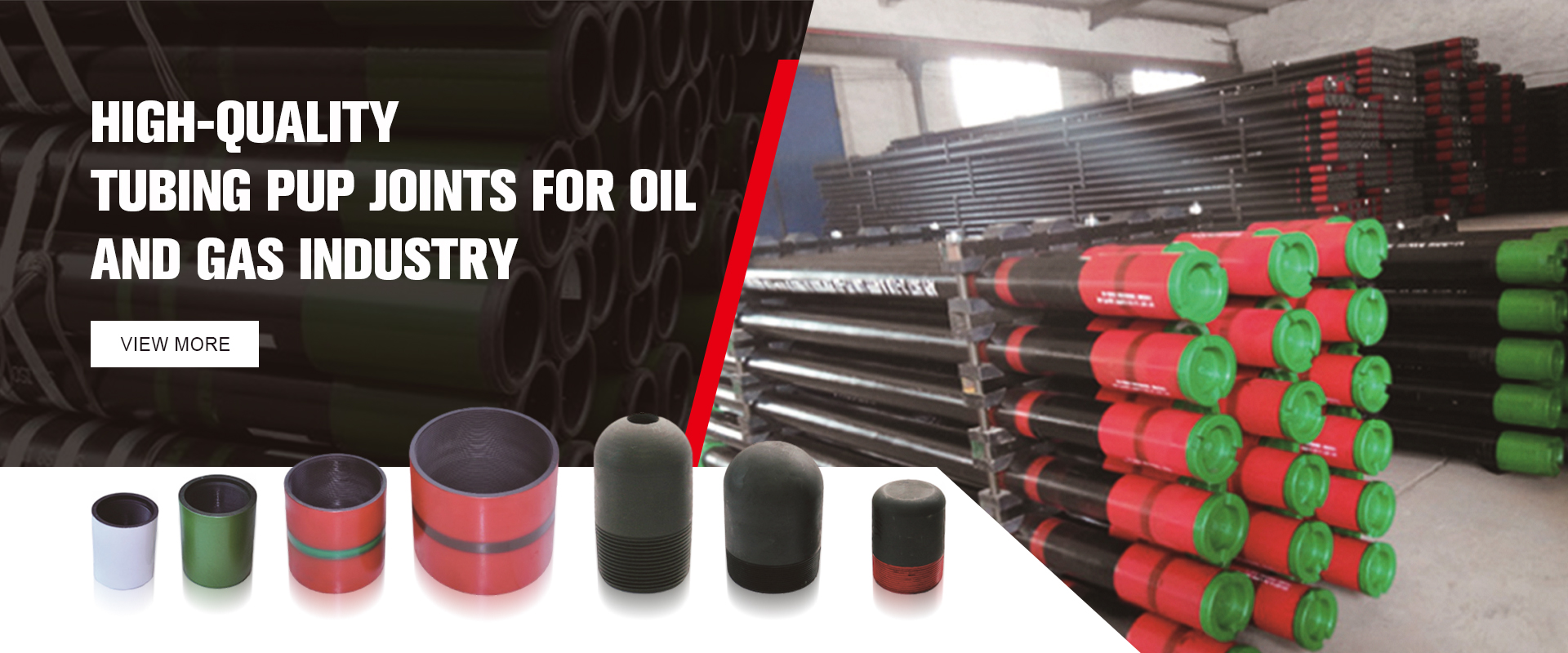- Afrikaans
- Albanian
- Amharic
- Arabic
- Armenian
- Azerbaijani
- Basque
- Belarusian
- Bengali
- Bosnian
- Bulgarian
- Catalan
- Cebuano
- Corsican
- Croatian
- Czech
- Danish
- Dutch
- English
- Esperanto
- Estonian
- Finnish
- French
- Frisian
- Galician
- Georgian
- German
- Greek
- Gujarati
- Haitian Creole
- hausa
- hawaiian
- Hebrew
- Hindi
- Miao
- Hungarian
- Icelandic
- igbo
- Indonesian
- irish
- Italian
- Japanese
- Javanese
- Kannada
- kazakh
- Khmer
- Rwandese
- Korean
- Kurdish
- Kyrgyz
- Lao
- Latin
- Latvian
- Lithuanian
- Luxembourgish
- Macedonian
- Malgashi
- Malay
- Malayalam
- Maltese
- Maori
- Marathi
- Mongolian
- Myanmar
- Nepali
- Norwegian
- Norwegian
- Occitan
- Pashto
- Persian
- Polish
- Portuguese
- Punjabi
- Romanian
- Russian
- Samoan
- Scottish Gaelic
- Serbian
- Sesotho
- Shona
- Sindhi
- Sinhala
- Slovak
- Slovenian
- Somali
- Spanish
- Sundanese
- Swahili
- Swedish
- Tagalog
- Tajik
- Tamil
- Tatar
- Telugu
- Thai
- Turkish
- Turkmen
- Ukrainian
- Urdu
- Uighur
- Uzbek
- Vietnamese
- Welsh
- Bantu
- Yiddish
- Yoruba
- Zulu
Understanding the Role of Casing Pup Joints in Oil and Gas Operations
Understanding Casing Pup Joints A Key Component in Oil and Gas Operations
Casing pup joints play a crucial role in the oil and gas industry, particularly in well construction and completion processes. These specialized piping segments serve several essential functions, helping to ensure the operational integrity and efficiency of oil and gas extraction.
What Are Casing Pup Joints?
Casing pup joints are short lengths of pipe that are designed to connect various sections of casing in a well. They come in different sizes and lengths, typically ranging from 2 to 10 feet. These joints are further categorized based on their diameter and wall thickness, which adhere to industry standards set forth by organizations like the American Petroleum Institute (API).
Purpose of Casing Pup Joints
One of the primary purposes of casing pup joints is to adjust for specific casing design needs. During the drilling and completion phases, operators often encounter situations where the standard lengths of casing do not fit perfectly due to various geological or engineering reasons. Pup joints provide the necessary flexibility to create a seamless connection, ensuring that the wellbore is adequately supported.
In addition to their role in spacing, casing pup joints also enable better weight distribution throughout the casing string. This feature is particularly vital in deep wells, where the pressure can be immense. Furthermore, these joints can help in accommodating downhole equipment, such as packers or plugs, that may require precise placements.
Construction and Materials
Casing pup joints are fabricated from high-quality steel, designed to withstand the harsh conditions of the subsurface environment. The material used must have high tensile strength and resistance to corrosion, as the joints are often exposed to various corrosive fluids and gases. Commonly, manufacturers utilize carbon steel and alloy steel for these applications.
The manufacturing process involves welding, threading, and heat treatment to enhance the physical properties of the joints. Quality control is critical during production to ensure that each pup joint meets the stringent requirements of the oil and gas industry.
Installation and Handling
casing pup joint

Proper installation and handling of casing pup joints are essential for the overall integrity of the casing string. Operators must ensure that the threads are correctly aligned and well lubricated during installation to prevent stripping or damage. Often, the use of protective coatings is recommended to prolong the lifespan of the joints.
During installation, it is crucial to consider the placement of pup joints in relation to other components, such as wellhead connections. The right placement ensures that there are no weak points in the casing structure, thus minimizing the risk of failure during operation.
Benefits of Casing Pup Joints
The use of casing pup joints offers several benefits in drilling operations
1. Flexibility Pup joints offer the necessary adaptability in well design, allowing engineers to accommodate unexpected changes in wellbore conditions.
2. Cost-Effective They reduce the need for custom-sized casings, thus resulting in lower material costs and reduced lead times.
3. Enhanced Performance By distributing loads more evenly, pup joints contribute to the overall stability and safety of the well, reducing risks associated with blowouts or casing failures.
4. Ease of Maintenance In the event of repairs or modifications, casing pup joints can facilitate easier access to specific sections of the well, enabling quicker and more efficient maintenance activities.
Conclusion
Casing pup joints are indispensable components in the oil and gas industry, contributing significantly to well integrity and operational efficiency. Their ability to provide flexibility, enhance load distribution, and offer cost savings makes them a vital consideration in the design and implementation of casing strategies. As technology in drilling continues to evolve, the importance of high-quality casing pup joints will undoubtedly remain paramount in ensuring safe and successful oil and gas operations. Understanding their functionality, construction, and installation also equips industry professionals with the knowledge needed to make informed decisions that contribute to the longevity and success of well projects.
-
Tubing Pup Joints: Essential Components for Oil and Gas OperationsNewsJul.10,2025
-
Pup Joints: Essential Components for Reliable Drilling OperationsNewsJul.10,2025
-
Pipe Couplings: Connecting Your World EfficientlyNewsJul.10,2025
-
Mastering Oilfield Operations with Quality Tubing and CasingNewsJul.10,2025
-
High-Quality Casing Couplings for Every NeedNewsJul.10,2025
-
Boost Your Drilling Efficiency with Premium Crossover Tools & Seating NipplesNewsJul.10,2025







